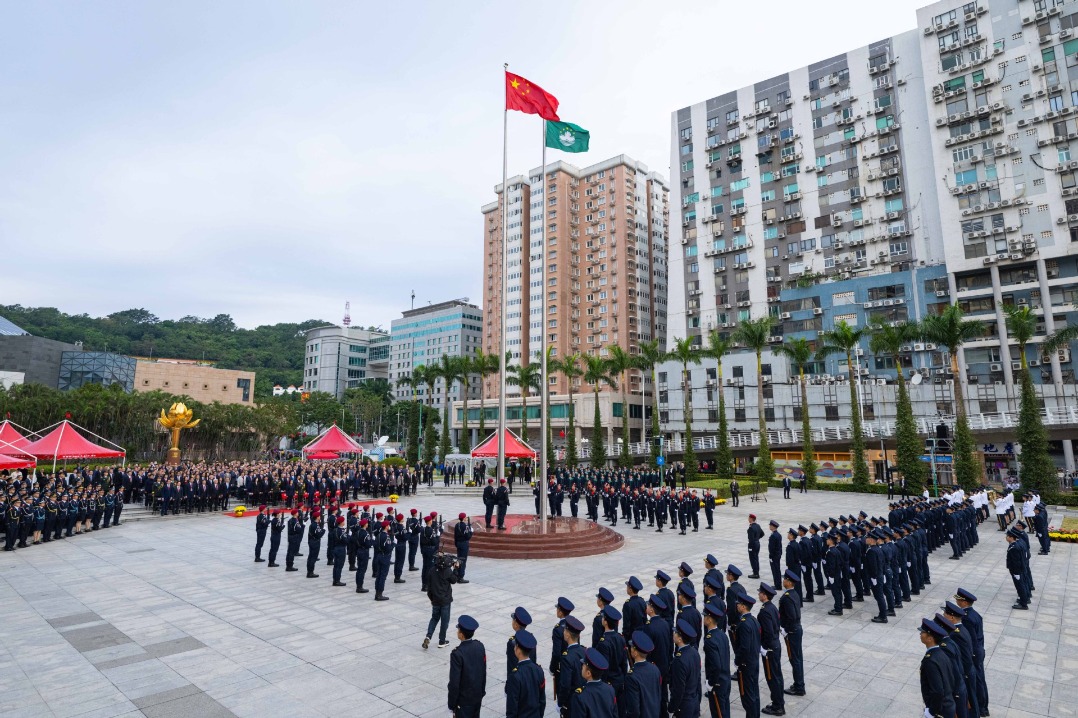Industrial river ports flow toward green futures


HEFEI — Wu Haihua, 86, often immerses himself in reading for hours at a library situated on a tranquil bank of the Yangtze River.
It's hard to imagine that before 2012, this area of Tongling in Anhui province used to be a busy port with severe industrial pollution. However, massive changes began to take place here at the end of 2015.
"Where the library stands today used to be a port, fully piled up with mineral ores and sand to be transported along the Yangtze River," said Wu, adding that nobody liked to be close to the river.
As an old industrial city renowned for nonferrous metal smelting, Tongling has continuously explored ways to develop and transform former industrial areas.
In November 2012, Tongling officially initiated the revitalization of its riverside ecological zone. A total investment of approximately 480 million yuan ($66.5 million) was pooled to create a riverside ecological belt stretching 6.3 kilometers and covering an area of over 1 million square meters.
The library that Wu often visits is part of the project.
"We did our best to preserve the original look of the port, trying to integrate both ecological ideas and industrial memories into the architecture," said Yuan Kun, who's in charge of the library. The 500-square-meter library, holding more than 7,000 books, has become very popular among locals.
China has been playing a responsible role in global environmental and climate governance, pledging to peak its carbon dioxide emissions before 2030.
Residents along the Yellow River, another major river in China, have also witnessed action being taken to protect the local environment.
As a traditional large-scale metallurgical enterprise, Ningxia Jiyuan Recycling Development has developed a new way to recycle its industrial exhaust gas and solid waste.
Located in Shizuishan, Ningxia Hui autonomous region, the company, through biological fermentation technology, is able to convert the carbon monoxide in the exhaust gas of mineral furnaces into ethanol for fuel. The byproduct of feed protein is obtained during the process.
"This project will turn industrial exhaust gas that contains carbon monoxide into clean fuel, and reduce carbon emissions by about 180,000 (metric) tons per year," said Mo Junhong, the company's general manager.
Xinhua
- Vice-chairman of CPPCC Jiangxi Provincial Committee placed under investigation
- Five trapped in flooding accident at Heilongjiang coal mine
- Long March 5 rocket deploys tech demo satellite into space
- China launches communication technology test satellite
- Spokesperson warns against aggression toward mainland fisherman
- Lhasa wetland reserve recognized as world's highest altitude wetland




































